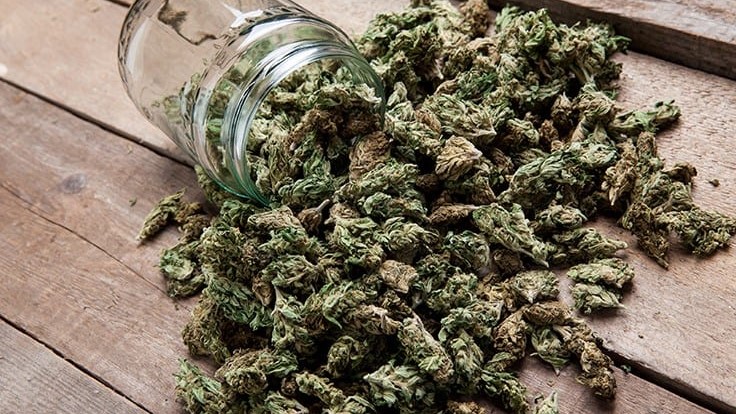Is Sativa/Indica Labeling Accurate?
Nature Plants- Dr. Sean Myles
20 October 2021
The inadequacies of the “indica” and “sativa” labels have long been discussed and debated in the cannabis market. With the advent of a booming legal industry, those terms are more scrutinized than ever before—and yet they are still widely used for marketing purposes. Indica strains leave the user feeling relaxed and sleepy, as the lore has it, has sativa strains provide the user a refreshing burst of energy and creativity.
It sounds enticing as a roadmap for cannabis experiences. But it falls short of reality.
Dr. Sean Myles and his co-authors confirmed as much with their research paper, published in Nature Plants, which examines whether that indica-sativa dichotomy matches what users might experience with different chemovars.
After analyzing 297 samples provided by Bedrocan International in the Netherlands, Myles and the Dalhousie University team determined that “Sativa- and Indica-labelled samples were genetically indistinct on a genome-wide scale.” The flower samples were tagged with labels along a five-point scale, such as one might see in a licensed dispensary: indica, indica-dominant, hybrid, sativa-dominant, sativa.
Genetic testing revealed that those terms don’t correlate in any meaningful way with the effect of the plant’s chemistry.
“All we’re doing in our study is demonstrating the degree to which these labels are good predictors of what’s in your package.,” Myles said in a phone interview. “What are you actually getting? The answer is they’re terrible predictors. It is not uncommon to get one sativa one week, and the next week you go to get [a] sativa [strain] because you liked it, but it’s chemically and genetically more similar to things labeled indica.”
This is a problem. As longtime consumers and the “canna-curious” alike enter the regulated landscape, this marketing disfunction poses an issue for not only brand affinity and consumer interest but, to an extent, public safety. People want to know that what they’re purchasing is what they mean to purchase.
Myles, whose team works mostly with apples and grapes, said it’s a simple matter of consistency.
“With any other agricultural organism, when you put a name on something, it actually means something,” he said. “And with cannabis this is not the case.”
Anyone interested in the wine market can see the relevant comparison.
“If you think about it, in agriculture, there’s really only one other organism, other than apples and grapes, where the public is interested in the actual genetic identity of the plants—right down to the cultivar level,” Myles said. “People know what a Pinot Noir is or a Cabernet Sauvignon. Those are like unique genetic identities. They know a McIntosh apple or a Honeycrisp apple, right? But name a carrot.”
Increasingly, brands are developing marketing language around mood, effect and dosage—using words like “rest” or “bliss” to convey something closer to the anticipated experience. Cannabinoid ratios are becoming more visible on product labels. And product lines are being formulated to run the gamut from heavier, medical-level dosages to microdosages. Even terpene profiles are making their way onto labels, and that’s one important takeaway from the Dalhousie University research.
In the paper, the authors point to terpenes as a far more predictable point of measurement. A cannabis chemovar’s terpene profile will tell a prospective consumer far more about the potential effects—whether cerebral and relaxing or spritely and creative, or anything else—than old chestnuts like “indica” and “sativa.”
This is an opportunity for brands to engage the consumer on a level that, by and large, the consumer has already shown a willingness to learn more about. Myles added with a note of pleasant surprise that many consumers know the word “myrcene,” something that until recently has mostly been relegated to plant biology talk.
He and the team aren’t being prescriptive in their paper, however; they are merely using research to back up the growing concern around some of the cultural shorthand in cannabis.
“I’m unsure what the recommendation should be in terms of what better labeling practices should be,” Myles said. “But certainly misinformation is not the way to go.”
]]>

